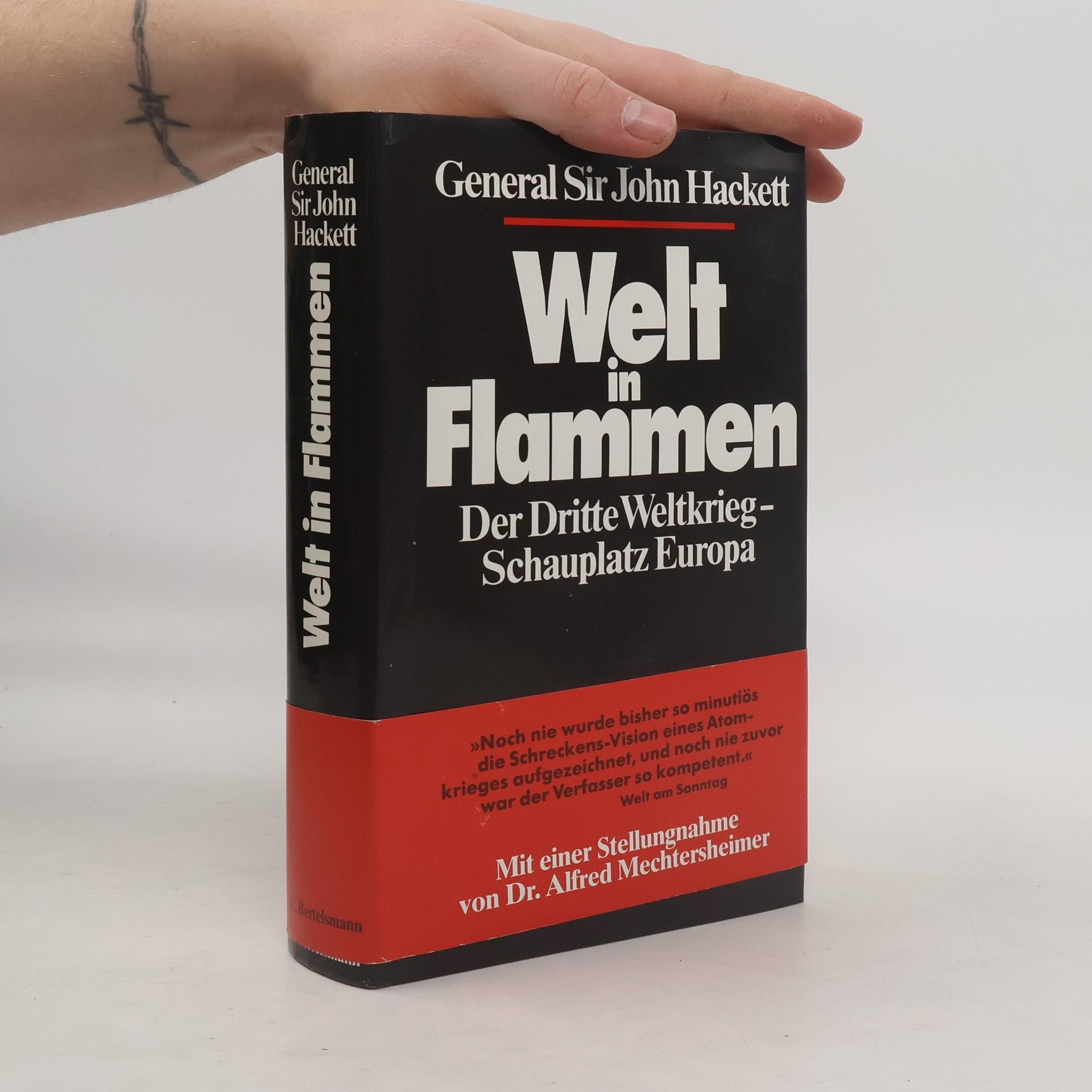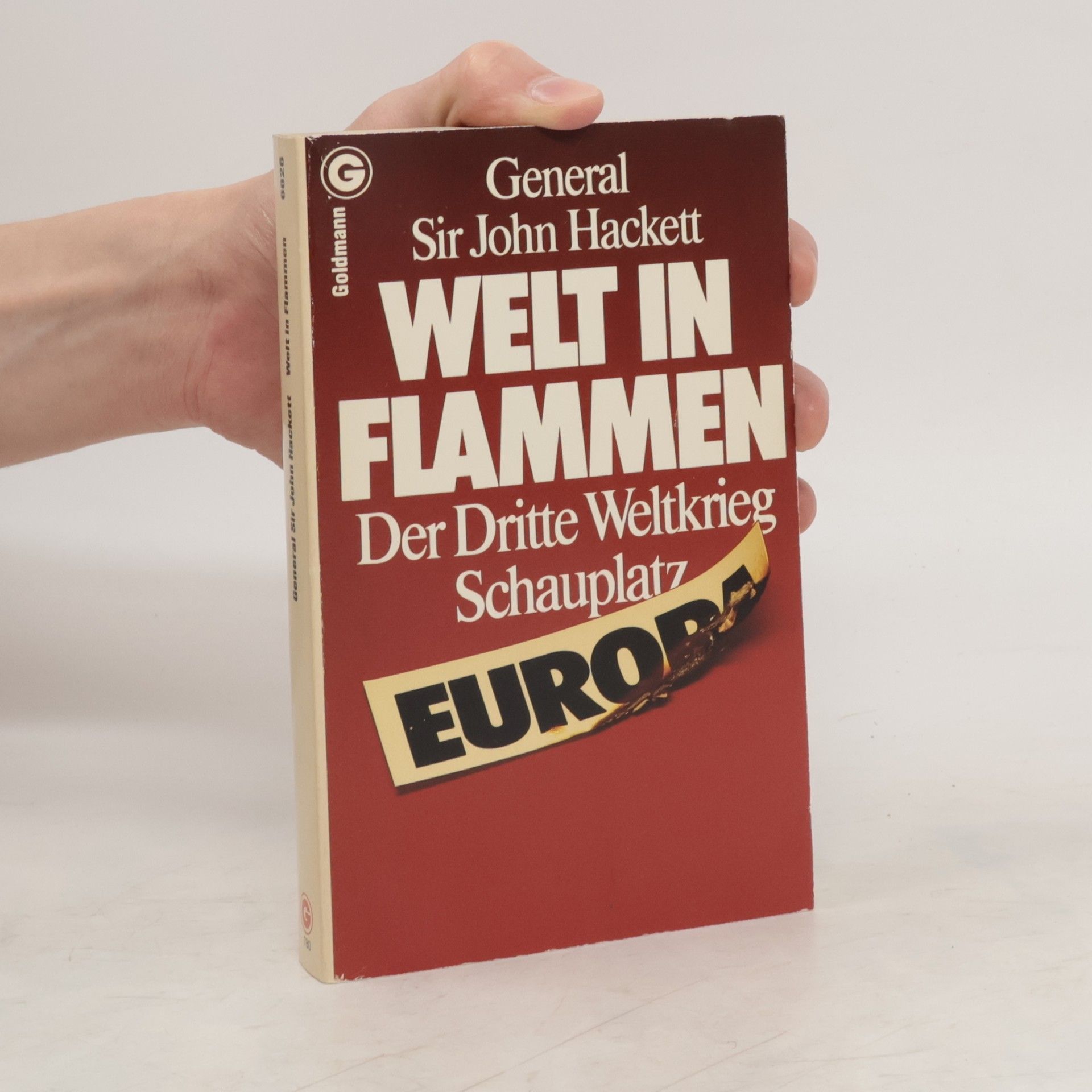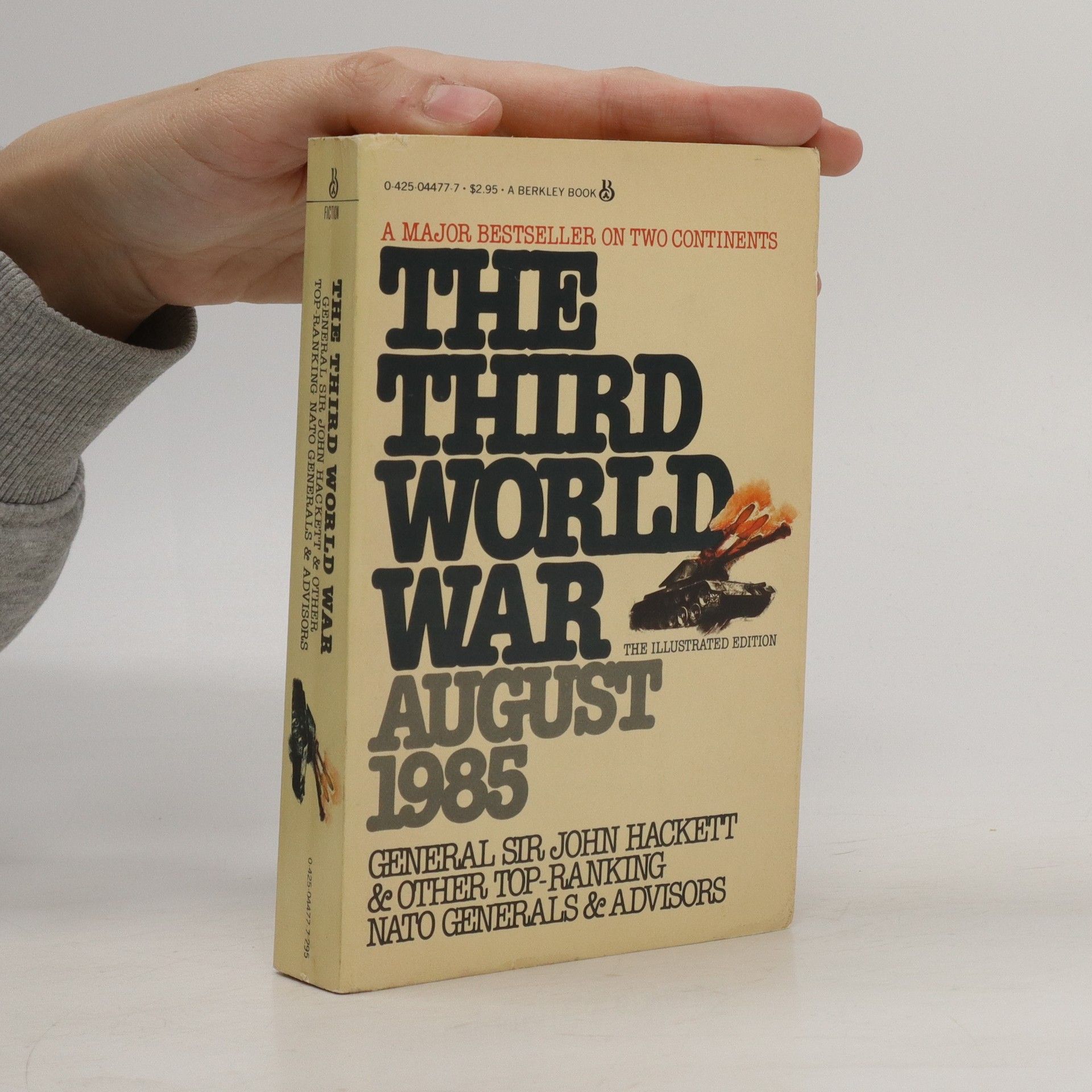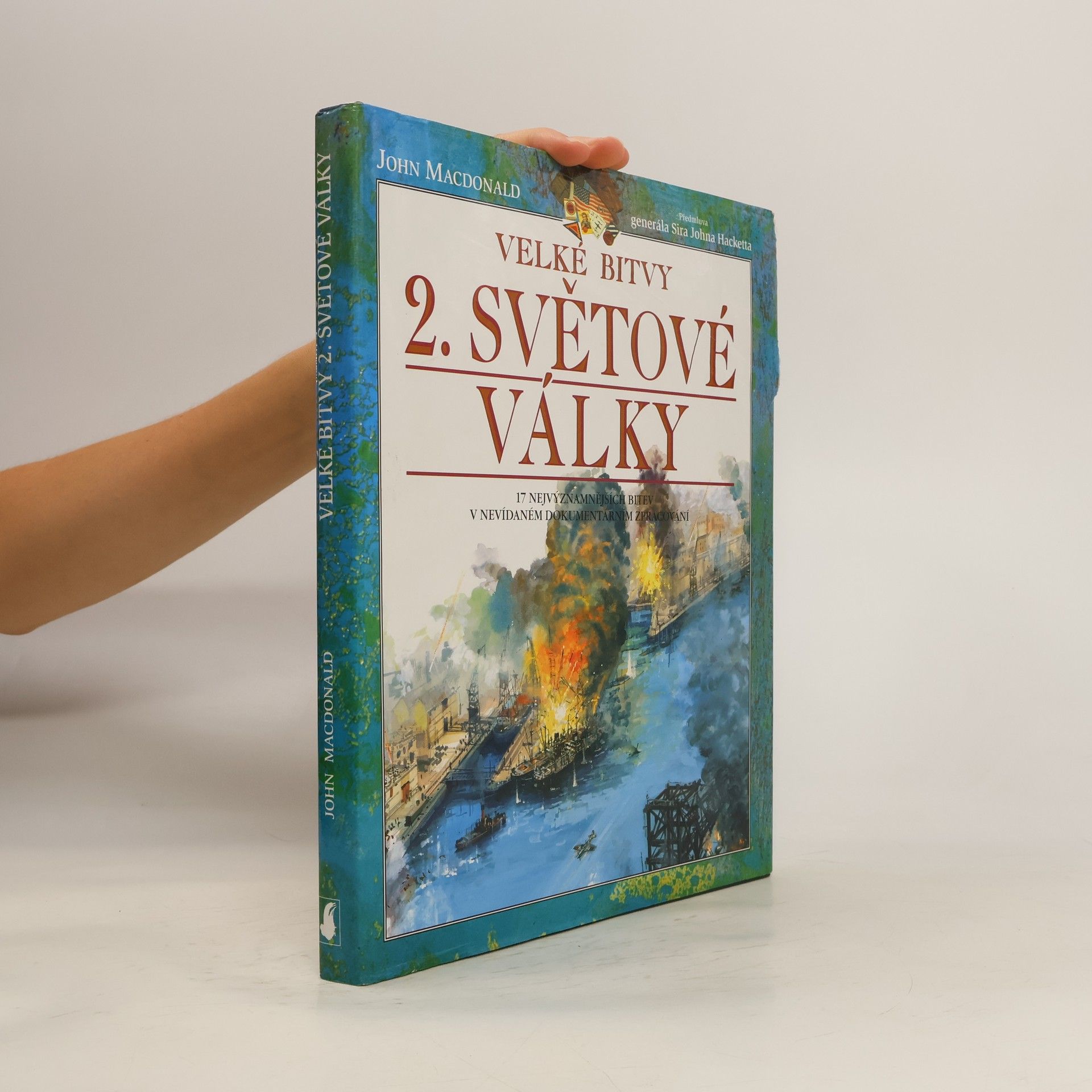Velké bitvy 2. světové války
- 192 stránek
- 7 hodin čtení
Základní vojensko-historické informace o významných bitvách a vojenských operacích 2. světové války s bohatým obrazovým materiálem.
Jako voják a univerzitní administrátor se Sir John Winthrop Hackett odvážně pustil do psaní, aby se podělil o své rozsáhlé životní zkušenosti. Jeho díla, která čerpají z jeho pozorování z první ruky a strategického myšlení, nabízejí hluboký pohled na lidskou povahu a složitost světa. Hackettův styl, formovaný jeho vojenskou kariérou a intelektuálními zájmy, je pronikavý a reflexivní. Prostřednictvím svého psaní se snažil zprostředkovat moudrost a lekce získané z rozmanitých cest, čímž čtenářům poskytl podnětný a obohacující zážitek.





Základní vojensko-historické informace o významných bitvách a vojenských operacích 2. světové války s bohatým obrazovým materiálem.
Early in 1977 a retired NATO general called together six of his collegues--including an admiral, an airman, an economist and a diplomat--to write a dramatized game-plan for the next world war. A sensational international bestseller, it is a vivid, detailed, and often blood-curdling on-the-spot report from the battle fronts of a "real war", from tank assaults to air clashes to ICBM launchings, based on an insider's knowledge of weaponry and actual NATO and Soviet battle strategies. In the light of changes in Eastern Europe the question now is: Could it ever have happened? Could it ever happen again?